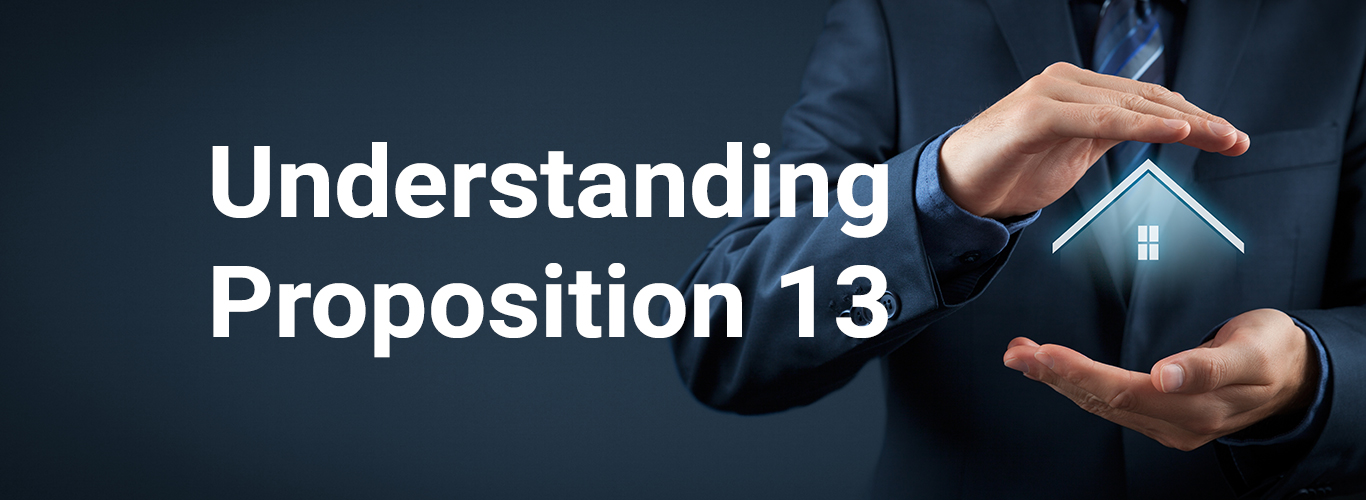Today, County Assessor Larry Stone announced the official close of the 1998 Assessment Roll for all real and business properties in Santa Clara County—and the largest positive change in the assessed value of property in the County’s history.
In just one year, Santa Clara County has experienced more than a $13.7 billion dollar increase in assessed values for a combined total of $144.5 billion. Stone’s annual Assessment Roll report, which covers the 1997 calendar year, echoed recent national media stories about Silicon Valley’s booming economy. “This is one brush fire I don’t want to see end too soon,” said Stone. The demand for real estate is driving up the value of real property of all types, including homes, apartments, office buildings, industrial complexes and retail shopping centers. “High-tech companies are expanding their physical facilities with huge investments in land and buildings,” said Stone. This is the third straight year of record assessment roll growth following a five year sustained decline in market values which devastated the State and the Silicon Valley’s economy in the early 1990’s. “It’s a residential sellers market. It is common for homeowners to receive multiple offers when selling their homes, all of them above the asking price,” said Stone. “The major beneficiary is the State of California. They receive nearly two-thirds of the revenue generated by property taxes in Santa Clara County to fund public education statewide,” said Stone.
About 58,000 residential property owners will see an increase in their assessed value, from 3% to 16%. While growth in the assessed value of real property is welcome news for most, many homeowners do not understand how their property values can increase beyond the maximum 2% allowed by Proposition 13. “Here’s how it works,” explained Diana Lackey, Assistant Assessor, “During the period when the market value of properties declined below the purchase price, the Assessor proactively reduced the assessed value on nearly one quarter of all County properties to reflect the declining market value. However, as the real estate market rebounds, the Assessor is required by law to restore the assessed value for properties previously reduced during the recession.” This year 58,000 residential properties, which were previously reduced, will see an increase over 3% to as much as 16%. Another 2,200 commercial and industrial properties, multi-family, apartments and hotels will receive a full restoration with many of these properties receiving an increase substantially above the 16% for residential properties in Los Gatos. There are 436,020 assessable parcels of real property in Santa Clara County. Any increase or restoration of the assessed value is limited and cannot exceed the factored base year value plus the annual CPI inflation factor. Stone stressed that increases above the 2% “cap” established by Proposition 13, apply only to properties for which the assessed value was temporarily reduced during the downturn in the early 1990’s. While some of the 58,000 homeowners may grumble about the increase, Stone reminded them “that during the economic downturn their assessment and property taxes went down while three-quarters of their neighbors continued to receive a 2% (Proposition 13) increase.” “I hate administering this part of the state law,” said Stone, “it is so confusing. Most people assume that Proposition 13 guarantees them no more than a 2% increase in any given year. However, that is not entirely true.” If you happen to own a home where the market value has jumped but the assessed value remains below the original or base year value, then the Assessor is required to restore those values as the market climbs back until the base year value is achieved. In addition, the Assessor may add the annual CPI every year to the previous year assessed value to determine current assessed value. While this is not happy news for these property owners in the short run, there is a major silver lining. Property values are finally coming back. “When the value of your principal asset takes a dive, it is very stressful. However, when the market value improves, that’s positive,” said Stone.



